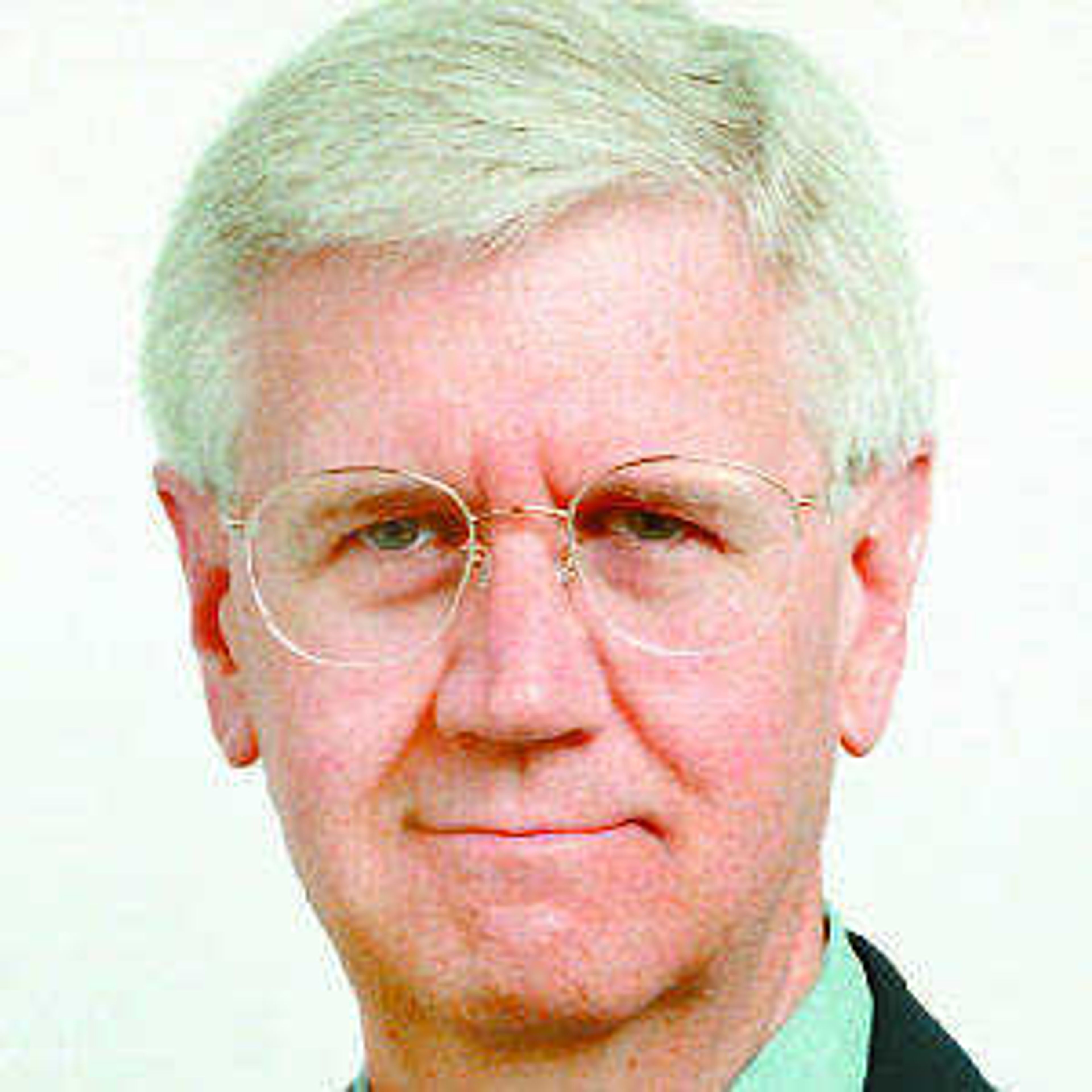Summer heat? It could be worse
Eleven years ago today, my wife and I were walking around boxes stacked all over our home. These boxes contained all our worldly possessions. We had just moved to Cape Girardeau, starting right before the Fourth of July. Most of you won't remember this, but my wife and I can tell you every detail about the local weather that week...
Eleven years ago today, my wife and I were walking around boxes stacked all over our home. These boxes contained all our worldly possessions.
We had just moved to Cape Girardeau, starting right before the Fourth of July.
Most of you won't remember this, but my wife and I can tell you every detail about the local weather that week.
Cape Girardeau was under something called a heat inversion. It would take an expert like weatherman Bob Reeves at KFVS12 to explain all the technical details. But the bottom line of a heat inversion can be summed up in one word: nasty.
As I understand it, an inversion occurs when a mass of air is trapped underneath another mass of air. In 1994, the mass of air we were breathing was foul. This was because the normal west-to-east movement of the atmosphere at the earth's surface was at a dead standstill. No breeze. High temperatures. Ridiculous humidity.
And think about this: Everything -- humans, animals, plants, machines, trash fires, dead fish, you name it -- creates odors that can be tolerated in small doses. But in an inversion, all those smells are trapped until a weather system comes along to shove the inversion into oblivion. Naturally, if an inversion lasts several days, you can imagine what the stale air must have smelled like 11 years ago.
That's when I discovered I was allergic to Southeast Missouri.
Never mind that I had grown up in Southeast Missouri and could breathe just fine. We've lived in big cities and small towns all over the country, and I rarely worked up a decent sneeze.
Nowadays, my colleagues here at the newspaper who are separated by a thick concrete wall covered with plaster can hear my best sneezing eruptions so plainly they are prompted to shout "Bless you!"
To top everything off in our move 11 years ago, the air conditioning in our new home was on the blink.
My wife and I looked at each other and said, "I don't think we're in Kansas anymore."
Fortunately, Mark Twain was right when he said all we needed was patience when it came to the weather. It will change. And it did.
The heat inversion turned into a full-blown Southeast Missouri summer, when temperatures and humidity share the same numbers just to keep things simple.
(In fairness, there was the Fourth of July a few years after we arrived when we went to Arena Park to see the fireworks and got so cold, dressed in our shorts and shirtsleeves, that we had to go home to get warm. I'm not talking about cooler temperatures. I'm talking about teeth-chattering cold. What a great Fourth of July that was.)
I remember the first car we owned, in 1967, that had air conditioning. We had just moved to Dallas, another city known for its warm summers. Our apartment there was air conditioned, as were the offices where we worked. Friends asked how we could stand the summer heat in Dallas. What heat? we replied as cool air blew around us.
Then we moved to New York, and Idaho next, with no air conditioning. But the summers are so mild, everyone said.
And winters too, they claimed. Which is why snowmobiles went over our Idaho garage from Halloween to Easter. I'd like to see a rough winter in northern Idaho.
If you feel you're getting overwhelmed by summer -- or anything else, remember this: If every cloud has a silver lining, I should be the richest person alive.
R. Joe Sullivan is the editor of the Southeast Missourian.
Connect with the Southeast Missourian Newsroom:
For corrections to this story or other insights for the editor, click here. To submit a letter to the editor, click here. To learn about the Southeast Missourian’s AI Policy, click here.










